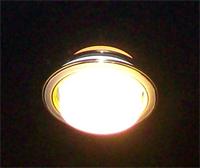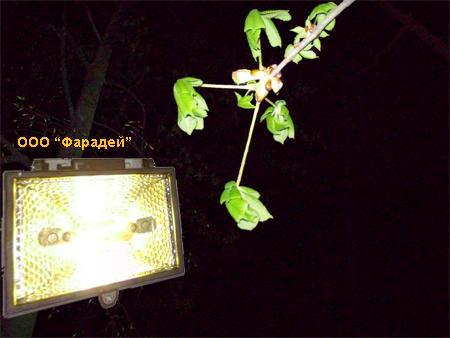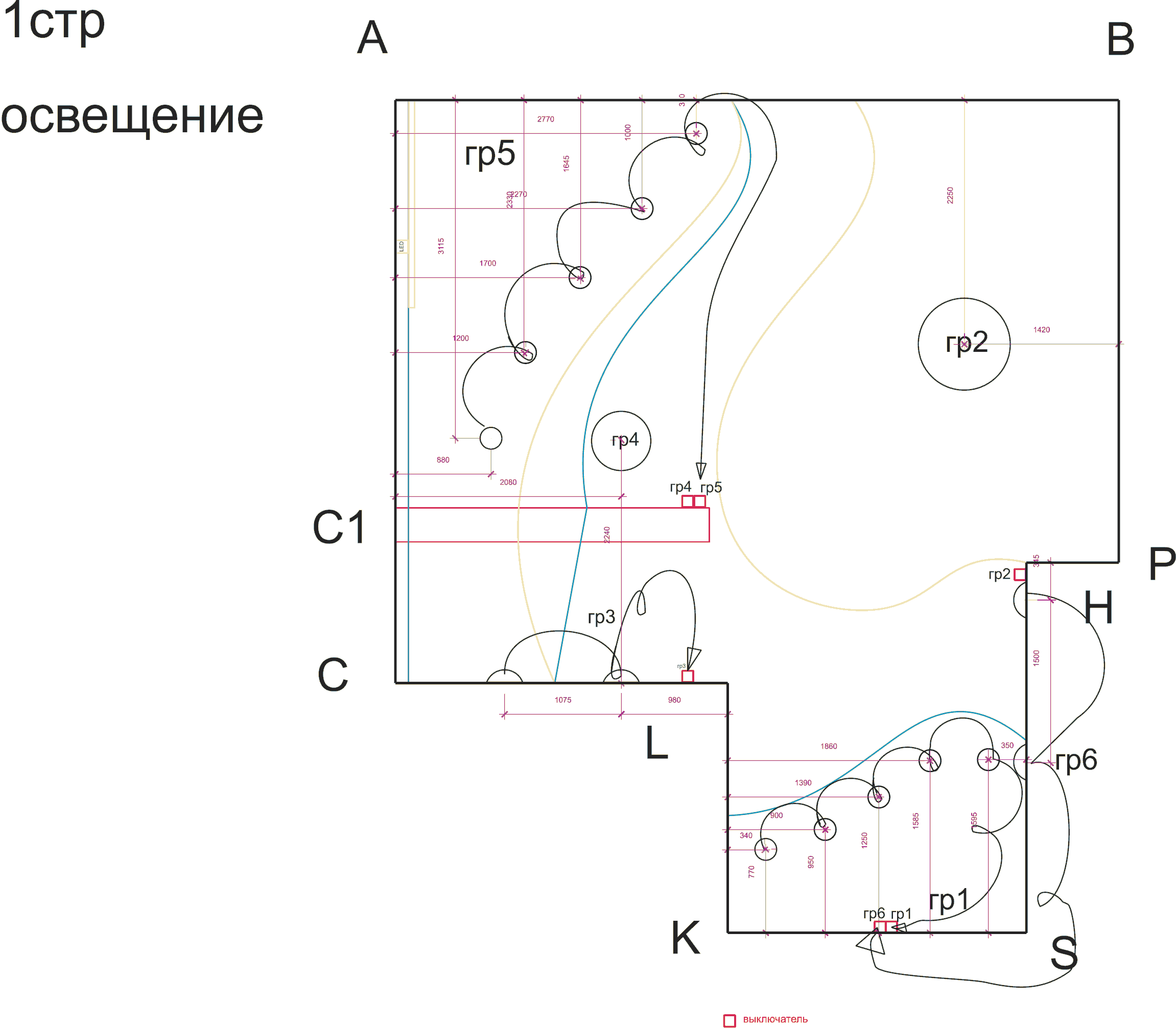Lighting in interior: how to choose fixtures for comfort and visually expand space.
Light and Home Interior Design

Let's consider the interaction between the interior and electrical products. You will probably ask what relation one has to the other, but the answer comes by itself. First of all, it is necessary to divide the overall environment into several sectors: lighting, electrical products, volume, wall finishes, furniture and other decorative parts. Now it becomes clear how electrical products blend with the overall interior of a dwelling correctly — lighting. These are the features of products used for electrical wiring.
Yes, it is lighting that supports most aspects of design work: the feeling of boundlessness in a living space, ceiling height, and many other elements that can be achieved by the correct distribution of light. Naturally, there are exceptions — there is no single rule for arranging lighting for all rooms; to achieve the desired effect different lighting schemes are needed, and accordingly different products for wiring, ranging from simple switches to fixtures.

Lighting design is so varied today that a single wiring approach is not enough. To create an original look using lighting fixtures — and in terms of sockets and switches — there are many nuances. Nowadays a house can be illuminated not only by ceiling fixtures but also by LEDs hidden in ceilings, floors and walls. The range of products for wiring in today's lighting design is conventionally divided into modern and "techno" styles. All lighting fixtures are classified as either general or task lighting.
In modern living rooms and halls designers quite often implement recessed ceiling spot lighting. Such a lighting system is very simple; sockets and switches can be easily installed in suspended ceilings. This lighting allows adding supplementary illumination through a variety of sockets and switches, including chandeliers or floor lamps. For example, if a designer places a chandelier or a lampshade in the center of a ceiling with spot lighting, it will give the room greater volume.
Light design is rich in the variety of today's sockets and switches, including different shades of switches and sockets. These sockets and switches offer not only a wide range of colors but also a large assortment of materials from which they are made. When it comes to lighting fixtures, the list is virtually limitless: shades of all colors, shapes and types; mounts in spiral shapes, semi-circular and straight; decorated with matte brass, chrome, matte chrome, black chrome, bronze and others.
Keep in mind that any socket or switch is classified as low-voltage or high-voltage. Remember that very bright lighting causes discomfort, as does too little light. Therefore designers must consider in which area they should add light using wiring products and in which to reduce the intensity. Here is a short usage guide: for reading — 100–200 lx, in an office — 300–500 lx, for embroidery — 200–400 lx.
